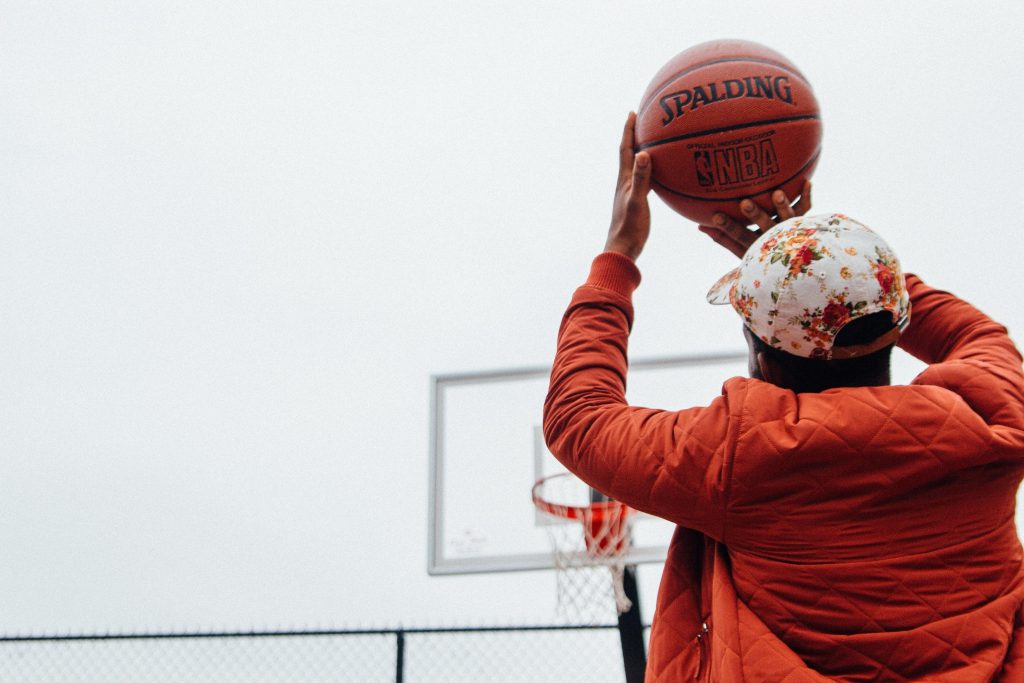In the realm of volleyball, the choice of equipment can significantly influence your performance on the court. Among the most critical decisions is selecting the right volleyball size and material. Whether you’re a casual player or a competitive athlete, understanding how these factors impact your game is paramount. In this comprehensive guide, we’ll explore the intricacies of choosing the perfect volleyball, ensuring that your game is nothing short of exceptional.
Key Factors to Consider When Choosing a Volleyball
Before delving into the world of volleyball sizes and materials, it’s essential to grasp the foundational factors that shape these decisions. The size of the volleyball and the material of its cover play pivotal roles in the dynamics of the game.
Role of Size in Gameplay
Volleyball size significantly influences how the ball is handled, controlled, and maneuvered during play. The right size ensures a comfortable grip and optimal control, making your game more effective and enjoyable.
Impact of Different Materials on Performance
The material used for the cover of the volleyball affects its touch, trajectory, and overall feel. Different materials offer varying levels of grip, control, and responsiveness, allowing players to fine-tune their skills based on their preferences.
Selecting the Right Size Volleyball
Understanding the correlation between volleyball size and your playing style is essential. Volleyballs are available in various sizes, each catering to different age groups and levels of play.
Overview of Volleyball Size Variations
Volleyball sizes range from official game balls used in professional matches to smaller sizes designed for younger players. Choosing the appropriate size ensures optimal play and prevents unnecessary strain on players.
Connection Between Player Age and Ball Size
For younger players, smaller-sized volleyballs are recommended to facilitate better handling and control. As players advance in age and skill, they transition to larger sizes to accommodate their improved capabilities.
How Ball Size Affects Handling and Control
Smaller volleyballs are easier to handle and control, especially for beginners. Larger balls offer more surface area, making them suitable for players who excel in power and strategic gameplay.
Exploring Volleyball Materials
The material of a volleyball’s cover plays a substantial role in the overall experience of the game. Different materials offer varying textures, grip levels, and responsiveness.
Different Types of Volleyball Cover Materials
Volleyball covers are typically made from leather, composite, or rubber materials. Each material provides unique characteristics that influence the flight and touch of the ball.
Discussion of Leather, Composite, and Rubber Options
- Leather: Offers excellent touch and feel, preferred by many professional players.
- Composite: Blends durability and performance, suitable for various playing environments.
- Rubber: Provides durability and affordability, often chosen for recreational play.
How Material Influences Touch and Trajectory
The material of the volleyball cover determines how players interact with the ball. Leather offers a softer touch and greater control, while rubber provides a consistent bounce on various surfaces.
Best Volleyball Choices for Indoor Play
Indoor volleyball demands precision and control. Here are three top volleyball choices that excel in indoor environments:
Volleyball 1: [Model Name]
- Features: Premium leather cover, advanced aerodynamics
- Pros: Precise flight, optimal control
- Cons: Requires proper maintenance
Volleyball 2: [Model Name]
- Features: Composite leather construction, enhanced grip
- Pros: Durable and responsive, versatile gameplay
- Cons: Slightly heavier
Volleyball 3: [Model Name]
- Features: Microfiber composite cover, minimized moisture absorption
- Pros: Consistent performance, reduced slip
- Cons: May feel different initially
Optimal Volleyballs for Outdoor Play
Outdoor volleyball encounters varying conditions, necessitating sturdy and responsive volleyball options. Here are three choices that shine in outdoor settings:
Volleyball 1: [Model Name]
- Features: All-weather rubber cover, deep pebbling
- Pros: Durable, suitable for different surfaces
- Cons: Less touch compared to leather
Volleyball 2: [Model Name]
- Features: High-quality composite leather, reinforced stitching
- Pros: Withstands outdoor elements, retains shape
- Cons: Requires proper care
Volleyball 3: [Model Name]
- Features: Durable rubber cover, textured surface
- Pros: All-weather performance, consistent flight
- Cons: May lack finesse
Balancing Personal Preference and Performance
Selecting the right volleyball is a balance between enhancing your performance and catering to your personal preferences. Consider whether you prioritize touch, control, power, or a combination of these elements.
Taking Care of Your Volleyball
Proper maintenance ensures your volleyball’s longevity and consistent performance. Follow these tips to keep your volleyball in top shape:
- Clean the ball after each play session using a damp cloth.
- Store the ball in a cool, dry place away from direct sunlight.
- Maintain the correct inflation pressure for optimal play.
Conclusion
Choosing the ideal volleyball size and material is a decision
that directly impacts your game experience. By understanding the interplay between these factors, you’re equipped to select a volleyball that complements your style and enhances your performance. Remember, the perfect volleyball is more than a tool—it’s a reflection of your dedication to the game.
FAQs
- Can I use an indoor volleyball for outdoor play?
- While possible, indoor volleyballs may wear down more quickly on rough outdoor surfaces. It’s recommended to choose an outdoor-specific volleyball for durability.
2.How do I clean my volleyball?
- Wipe the surface with a damp cloth. Avoid submerging the ball in water, as it could damage the internal components.
3.What size volleyball should I use for casual play?
- For casual play, opt for a standard-sized volleyball suitable for adults. Check the manufacturer’s recommendations for precise sizing.
4. Is leather or composite better for competitive play?
- Both materials have their advantages. Leather provides superior touch, while composite offers a balance of durability and performance.
5. Can I play beach volleyball with an indoor volleyball?
- While you can use an indoor volleyball on the beach, it’s recommended to choose a beach-specific volleyball for optimal performance on sand courts.


